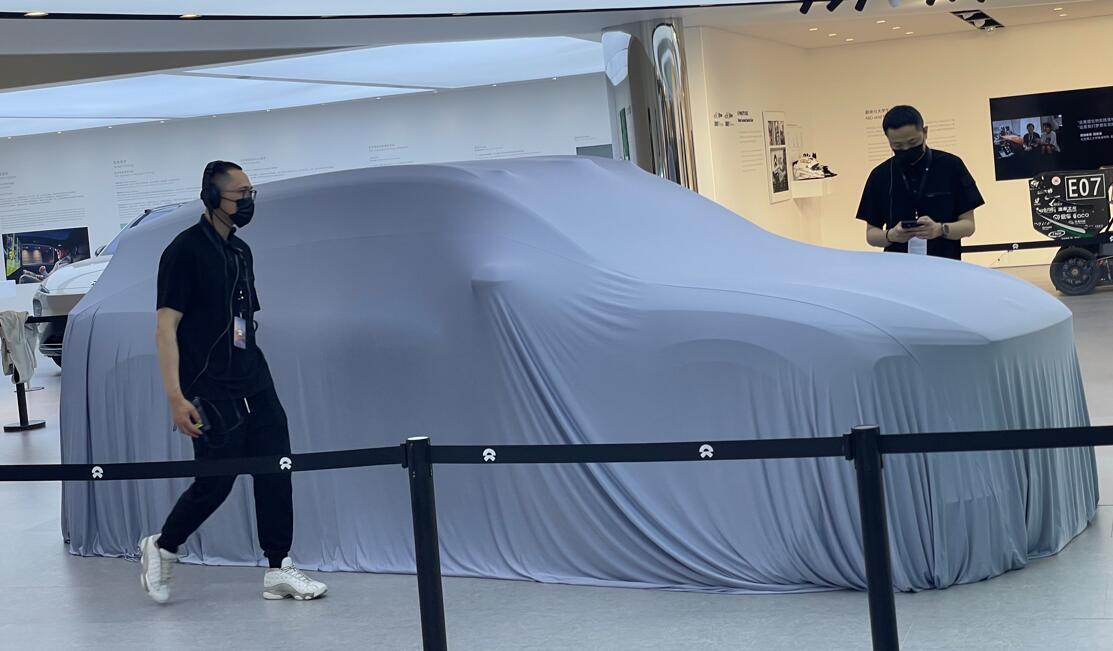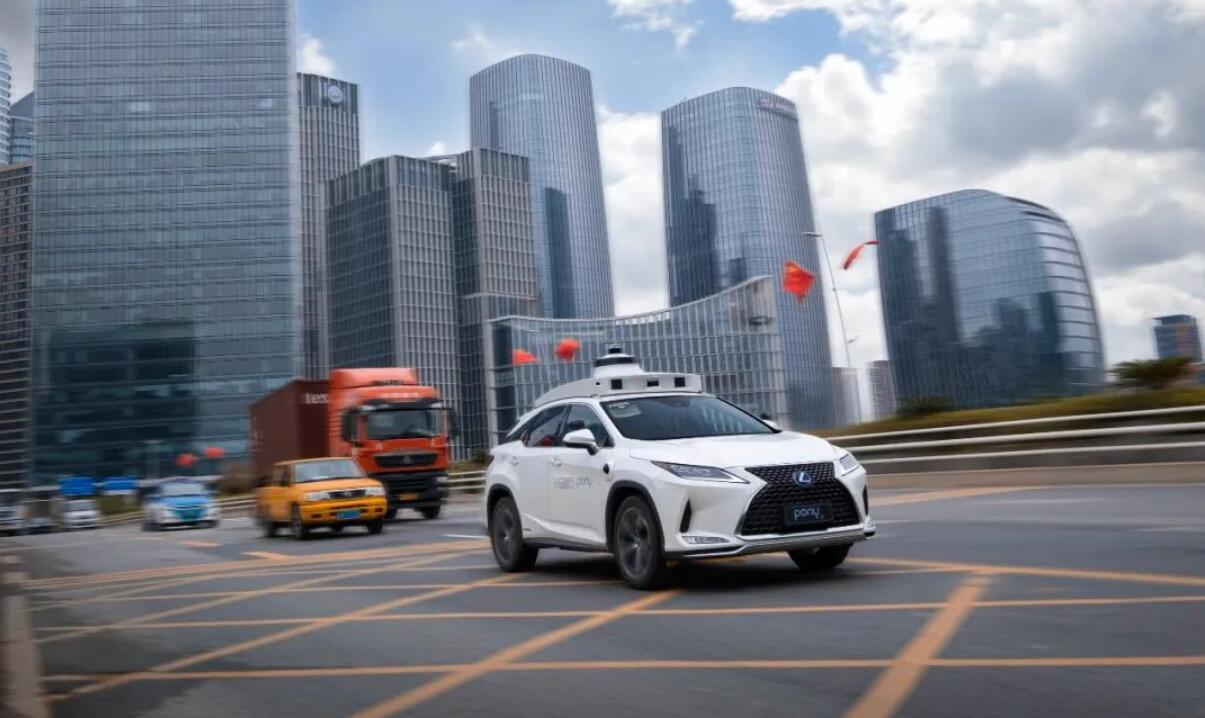As of May 31, NIO had 118 NIO Houses and 269 NIO Spaces worldwide. | NIO US | NIO HK | NIO SG

(Image credit: NIO)
NIO (NYSE: NIO) continued its expansion of showrooms and infrastructure in May.
The Chinese electric vehicle (EV) maker added 10 showrooms and 66 battery swap stations worldwide in May, according to information released today by the NIO App.
NIO's showrooms include the flagship NIO Houses and the smaller NIO Spaces. The former is a space where NIO offers owners a quality lifestyle, in addition to displaying and selling vehicles.
The company added four new NIO Houses in May, all of which are located in China. To date, the total number of NIO Houses worldwide is 118, including 114 in China and 4 in Europe.
NIO added six NIO Spaces in May, all of which are also located in China. As of May 31, NIO had 269 NIO Spaces worldwide, including 263 in China and 6 overseas.
NIO also added 10 new service centers in May, including three in China and seven overseas. This brings the total number of facilities to 299, including 257 in China and 42 overseas.
NIO added 1 new delivery center in May, bringing the total number of such facilities to 53.
In May, NIO added 66 battery swap stations, including 64 in China and 2 overseas.
As of May 31, NIO had 1,464 battery swap stations worldwide, with 1,448 in China and 16 overseas.
NIO also added 93 charging stations in May, bringing the number to 2,648, of which 2,640 are in China and 8 are overseas.
As of May 31, NIO had 15,673 charging piles worldwide, including 15,649 in China and 24 overseas.
NIO's charging map added access to 22,511 third-party charging piles in May, bringing the total to more than 1,110,000, including more than 400,000 overseas.
The company is expected to announce vehicle delivery figures for May later today. It delivered 6,658 vehicles in April, down 35.85 percent from 10,378 in March.
The post NIO adds 10 showrooms and 66 swap stations worldwide in May appeared first on CnEVPost.
For more articles, please visit CnEVPost.














